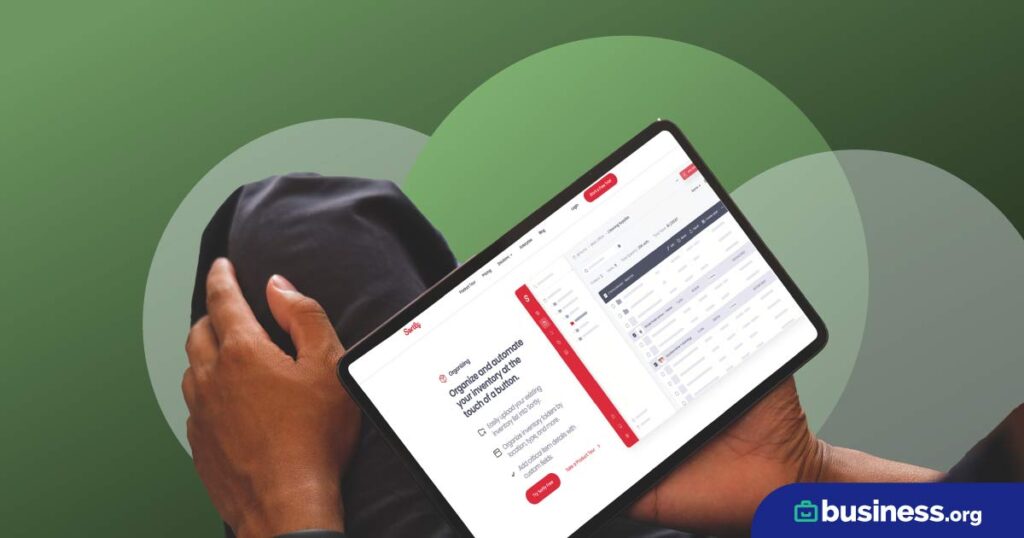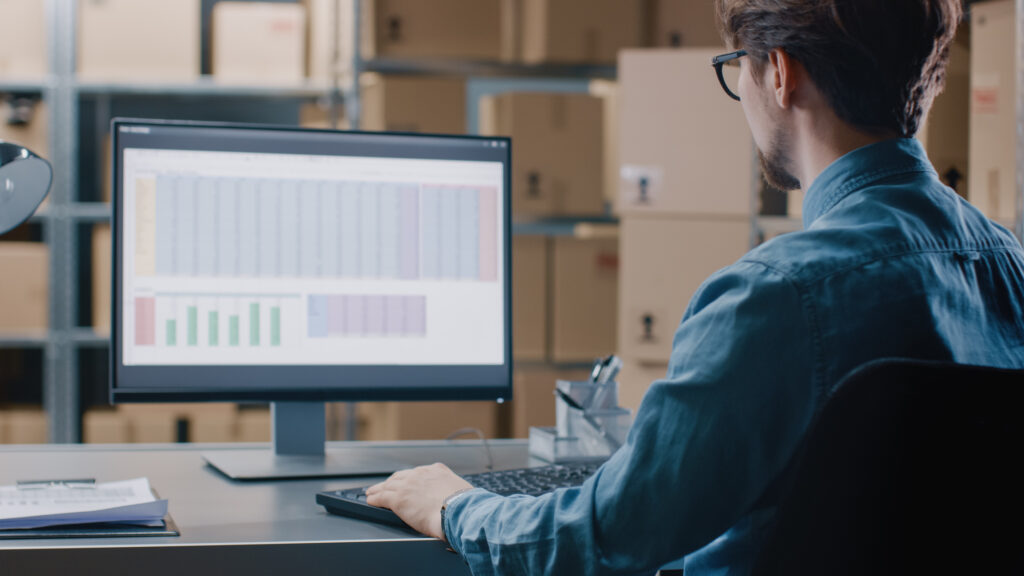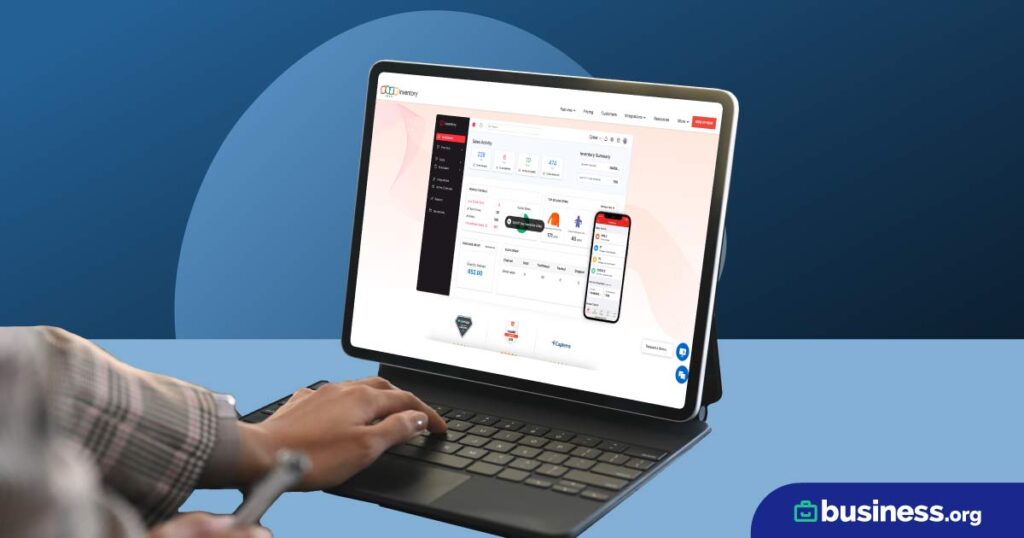We are committed to sharing unbiased reviews. Some of the links on our site are from our partners who compensate us. Read our editorial guidelines and advertising disclosure.
What Is the FIFO Method?
The first in, first out (or FIFO) method is a strategy for assigning costs to goods sold. Essentially, it means your business sells the oldest items in your inventory first—at least on paper, anyway.
FIFO is probably the most commonly used method among businesses because it’s easy and it provides greater transparency into your company’s actual financial health.
Here’s everything you need to know to decide if the FIFO method is right for you.
How to use the FIFO method
In a FIFO system, the oldest items on your shelf should be sold first. But realistically, most businesses have a hard time actually determining the oldest products from the newest. But you don’t have to actually sell your oldest products first to use a FIFO system.
When it comes down to it, the FIFO method is primarily a technique for figuring out your cost of goods sold (COGS). In a FIFO system, the costs for your oldest purchase order is applied to your sold goods first.
The FIFO method in action
Let’s say you’re running a medical supply business, and you’re calculating the COGS for the crutches you’ve sold in the last quarter. Looking at your purchase history, you see you’ve bought 550 new crutches during this time period, but each new order came with a different cost per item. You also see that during this period you’ve sold 400 crutches.
As you can see from the table above, we’ve labeled each purchase order with a different FIFO layer number. This helps you keep track of which purchase costs you should associate with your sales first. We’ve also included the sales cost per item on each recorded sale—just as you would in your accounting system. While this number isn’t used when calculating your cost of goods sold, we figured it’d be helpful to see what your costs look like in context with the rest of your bookkeeping.
To determine the cost of goods sold using the FIFO method, you’d apply the oldest costs (a.k.a. your first FIFO layer) first like so:
The first sale (on October 9) consisted of 150 items—more than the first purchase order (or FIFO layer) included. So we applied the cost of the 100 items in the first FIFO layer to the first 100 items in the sales order. The cost of the remaining 50 items was taken from the next-oldest purchase order (FIFO layer 2).
Applying this method to the rest of the sales for the allotted time period, we see that the total cost of all goods sold for the quarter is $4,000.
By signing up I agree to the Terms of Use and Privacy Policy.
Why use the FIFO method?
The upsides
Theoretically, in a first in, first out system, you’d sell the oldest items in your inventory first. Older products have a tendency to become obsolete over time due to product spoilage, wear and tear, and out-of-date design (if you update the design of the product at any point after your first order). With the FIFO method, you sell those older products first—ensuring that all items in your inventory are as recent as possible.
That being said, FIFO is primarily an accounting method for assigning costs to your goods sold. So you don’t necessarily have to actually sell your oldest products first—you just account for the cost of goods sold using the oldest numbers. In other words, when determining your business’s cost of goods sold (COGS), you would use the costs from the oldest purchase order first, then move on to the costs from the next oldest purchase order and so on.
Because of inflation, businesses using the FIFO method are often able to report higher profit margins than companies using the last in, first out (LIFO) method. That’s because the FIFO method matches older, lower-cost inventory items with higher current-cost revenue. Businesses on the LIFO system, on the other hand, see less of a margin between their current costs and their current revenue.
FIFO is also more transparent and easier to use than LIFO. LIFO systems are easy to manipulate to make it look like your business is doing better than it is. But a FIFO system provides a more accurate reflection of the current value of your inventory. This is one of the reasons why the International Financial Reporting Standards (IFRS) Foundation requires businesses to use FIFO.
The downside
Inflation is a double-edged sword. In a FIFO system, inflation allows you to sell your items for a higher price compared to what you paid. That results in a higher profit margin for your business, which is good for your investors and your business’s overall health. But a higher profit margin also means you’re likely to owe more in business taxes.
The takeaway
The first in, first out method is an effective way to process inventory, as it keeps your stock fresh, with few to no items within your inventory becoming obsolete.
But the FIFO method is also an easy, transparent way to calculate your business’s cost of goods sold. In an inflationary economy, FIFO maximizes your profit margin and assigns the most current market value to your remaining inventory. That all means good things for your company’s bottom line—except when it comes to business taxes.
Decided to use the FIFO method? Inventory management software can make it easy. Check out our guide to the top inventory management software solutions to get started.
Disclaimer
At Business.org, our research is meant to offer general product and service recommendations. We don't guarantee that our suggestions will work best for each individual or business, so consider your unique needs when choosing products and services.








